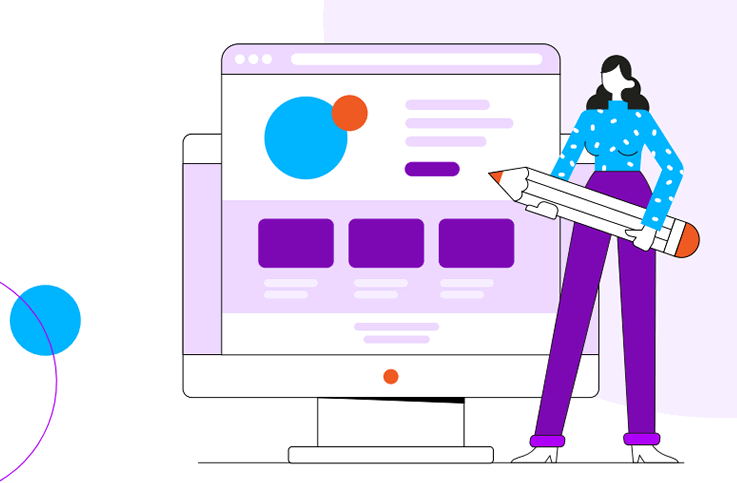Creating Engaging Content with Varying Lifespans
Content lifespan refers to the length of time that a piece of content remains relevant, useful, and engaging to its intended audience. Different types of content have varying lifespans, and each type has its pros and cons. Here are some pros and cons of various content lifespans:

Short-Term Content
Short-term content is content that is designed to be consumed and then quickly forgotten. Examples include social media posts, promotional emails, and time-sensitive offers. The pros of short-term content are that it is usually very timely and relevant, and it can be used to drive immediate action. However, the cons of short-term content are that it is not very evergreen, and it can quickly become irrelevant once the promotion or event has ended.
Medium-Term Content
Medium-term content is content that is designed to be useful and engaging for a few weeks or months. Examples include blog posts, how-to guides, and video tutorials. The pros of medium-term content are that it is more evergreen than short-term content, and it can continue to provide value to readers over time. However, the cons of medium-term content are that it can become outdated as technologies and practices change, and it may not be as immediately actionable as short-term content.
Long-Term Content
Long-term content is content that is designed to be useful and engaging for several years or even decades. Examples include books, whitepapers, and research reports. The pros of long-term content are that it is extremely evergreen and can provide value to readers for a very long time. However, the cons of long-term content are that it can be very time-consuming and expensive to produce, and it may not be as timely or relevant as short-term or medium-term content.
Regardless of the content lifespan, it's important to remember that customer context is crucial to providing a highly engaging customer experience. Customer context refers to the specific needs, interests, and behaviors of your target audience. By understanding your customer's context, you can create content that is tailored to their needs and interests, and that will be more likely to engage them.
For example, if you are creating short-term content for a customer who is looking for a specific product or service, you might want to focus on creating content that is highly promotional and action-oriented, with a strong call-to-action to encourage them to make a purchase. On the other hand, if you are creating long-term content for a customer who is looking for in-depth knowledge about a specific topic, you might want to focus on creating content that is more informative and educational, with a focus on providing value over the long term.
In summary, the pros and cons of various content lifespans depend on the specific goals of your content marketing strategy. Regardless of the lifespan, customer context is crucial to providing a highly engaging customer experience. By understanding your customer's needs, interests, and behaviors, you can create content that is more likely to resonate with them and drive engagement over time.
If you're looking to create engaging content tailored to your target audience, download our comprehensive white paper today. Discover best practices for content creation and learn how to leverage customer context to boost engagement and drive conversions. Alternatively, contact WDM today to learn how we can help you develop a content marketing strategy that speaks directly to your target audience and drives results for your business.
Posted:
星期一 06 三月 2023
Filed under:
cms,
content